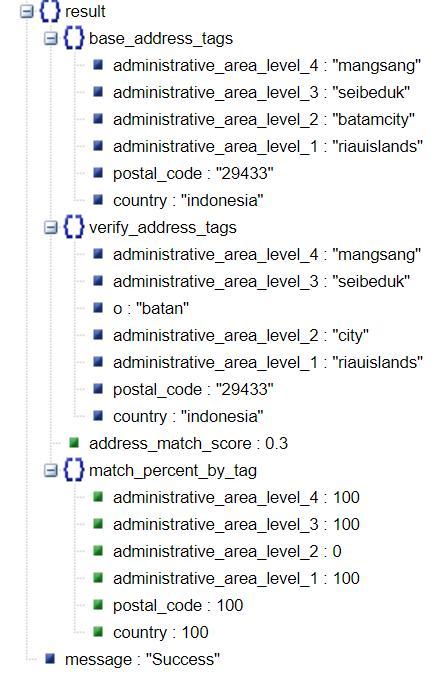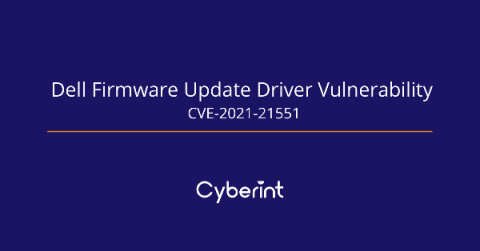NAME:WRECK DNS Bugs: What You Need to Know
For most internet users, there’s not much of a perceivable difference between the domain name they want to visit and the server that the domain queries. That’s because the Domain Name System (DNS) protocol does a good job of seamlessly routing users to different IP addresses that are all associated with a single domain name.











